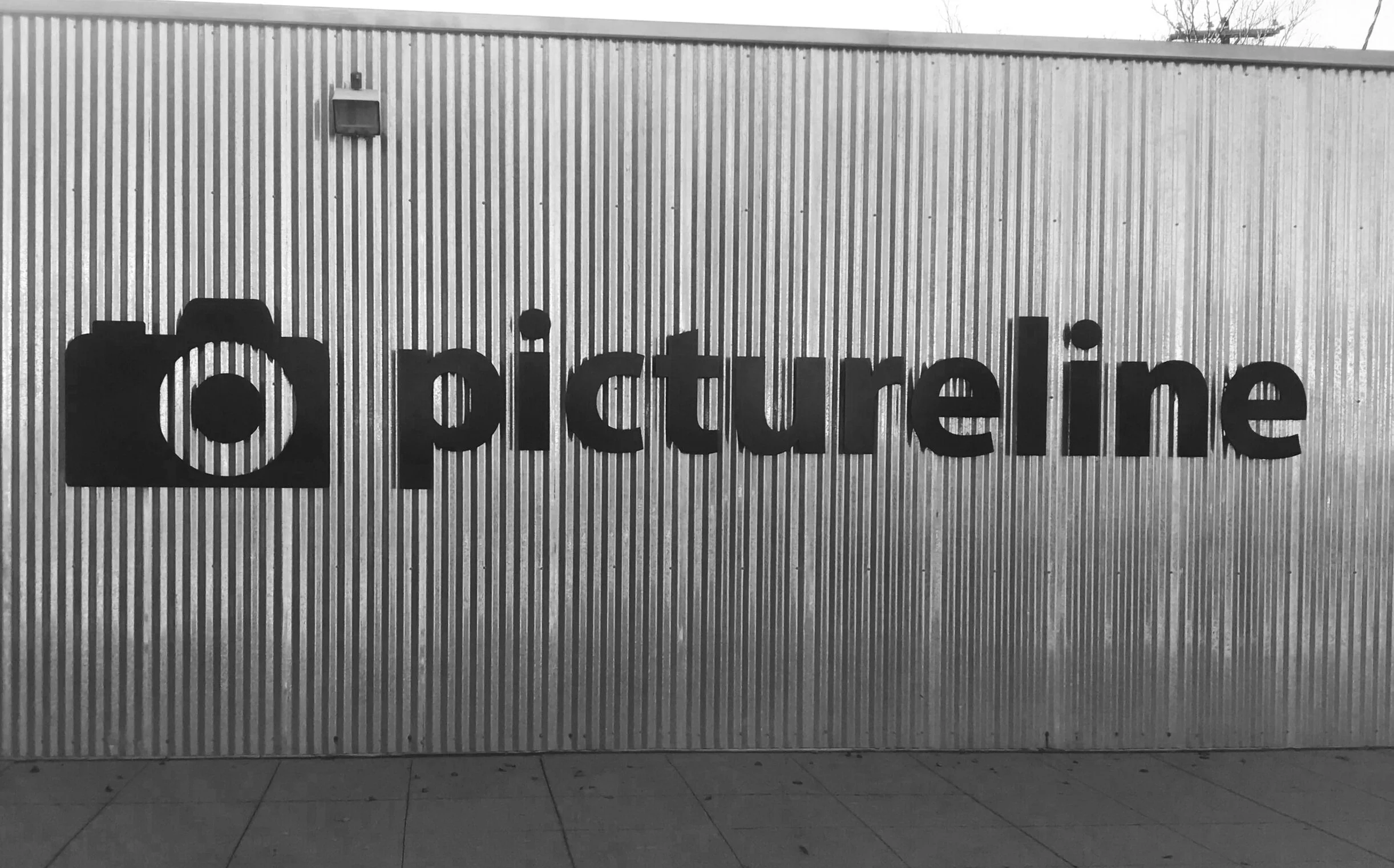data recovery

SO. You’ve lost some photos, now what?
This post is a sequel to last week’s post about knowing when SD cards to be ready for retirement. Read that one HERE and you may save yourself from needing to read this one!
WANT TO LEARN MORE ABOUT SHOOTING or editing? OR TALK ABOUT YOUR BUSINESS AND PHOTO SKILLS IN PERSON?! I OFFER ONE-ON-ONE MENTOR SESSIONS + Business coaching FOR PHOTOGRAPHER’S OF ALL LEVELS! IF YOU’RE READY TO INVEST IN YOURSELF, LET’S GET IN TOUCH!
Of course the best way to keep your photos is to avoid losing them in the first place, I have been fortunate enough to only have one story in my career of lost images. It happened this year and I was STRESSED. Lucky for me it wasn’t a wedding or a commercial shoot, it was from a family photo session. So though I of course don’t want to lose anyone’s photos ever, at least this was something that worst-case-scenario I could re-shoot. But that would be inconvenient for my client, and extra time working without pay for me. So I started researching Data Recovery; here’s what you need to know:
FREEZE-DON’T SHOOT
If you suspect you have lost images due to a bad/corrupt card DO NOT shoot anything over that card, do not erase or format the card. (for me it was the last 80 images I had shot on the card that were missing, when I realized they were gone upon importing the shoot to my computer I immediately put the card in an envelope so I could seek professional recovery help).
DIY OR KNOW A GUY
There are 2 different options for Data recovery, including downloading software and doing it yourself, or taking it to a professional. Doing it yourself is much cheaper (some software downloads were free to install) but for me, it was worth the money to not stress about doing it correctly and navigating software I wasn’t familiar with (plus I’m always a little skeptical of downloading things from the internet that I don’t know about). But if you or someone you know are comfortable with that sort of thing, you could potentially save some money going the DIY route.
WHO YOU GONNA CALL?
There are multiple service places that can do data recovery. If you are in Utah, I would highly recommend Pictureline. (Other local options I found were Best Buy/Geek Squad, ). Pictureline had lower prices and quicker results, plus they have my trust already so I decided to go there.
LET’S TALK NUMBERS
Data recovery at pictureline is about $40 for every 16 gigabytes (recovered) i.e. If you have a 16 gig card, the max you’ll pay is $40, if you have a 32 gigabyte card and they recover all 32 gigabytes it will be $80 (here’s a plug to never shoot on a card bigger than 32. I know some photographer’s who shoot on 8 gig cards so they never risk losing more than 8 gigs but for me the hassle of changing so often isn’t worth that. plus you might lose track of the physical cards more easily if you have hundreds of 8 gigs).
They also charge you for a jump drive to put the recovered files on, which can be expensive.
PRO TIP: When you drop off the SD card, give them a jump drive to use (if you have one) so you don’t have to buy one from them.
HOW LONG WILL IT TAKE?
Most recoveries can be done within 24-48 hours. In my experience they reached out within less than 5 hours—I imagine it just depends on how busy they are that day.
NOT ALL STORIES HAVE HAPPY ENDINGS
I was lucky, my data was recovered, but you have to be smart and look ahead for potential situations when things don’t go your way— *cough cough* Cover your bases in your contract. Make sure you spell out what you’ll do and what your client is entitled to in the event that photos become lost and are unrecoverable.
PREVENTION = THE BEST PROTECTION
And of course another plug for solving problems before they happen— go read about how to prevent yourself from needing data recovery HERE
